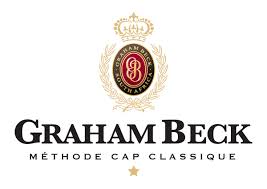Graham Beck

GRAHAM BECK WAY
From grape to glass the entire process of producing a Graham Beck Méthode Cap Classique (MCC) relies on meticulous attention to detail, dedication to authenticity, precision timing, and plenty of patience.
At Graham Beck our team is passionately pursuing the perfect bubble – a golden thread of excellence runs throughout the entire process and portfolio. The term Cap Classique has been used in South Africa since 1992. The name is derived from the fact that, by law, sparkling wines are not allowed to be called “Champagnes” in SA, although we use exactly the same methods as in France – giving rise to Cap (Cape) Classique (classic French method). It has become a prestigious category that’s exclusive to South Africa. Our Graham Beck bubblies have received numerous awards and accolades both locally and abroad, testimony to the fact that they are serious contenders in the international arena, often setting the quality benchmark in terms of forging a unique style and unmistakable identity.
We have the following Grahambeck Mcc under our selection at Platform 62, Grahambeck Brut NV, Grahambeck Brut Rose, Grahambeck Demi-sec, Grahambeck Blanc de Blanc, Grahambeck Brut Zero,
- You must add a minimum of 6 Graham Beck MCC Brut Rosé's to your cart.



